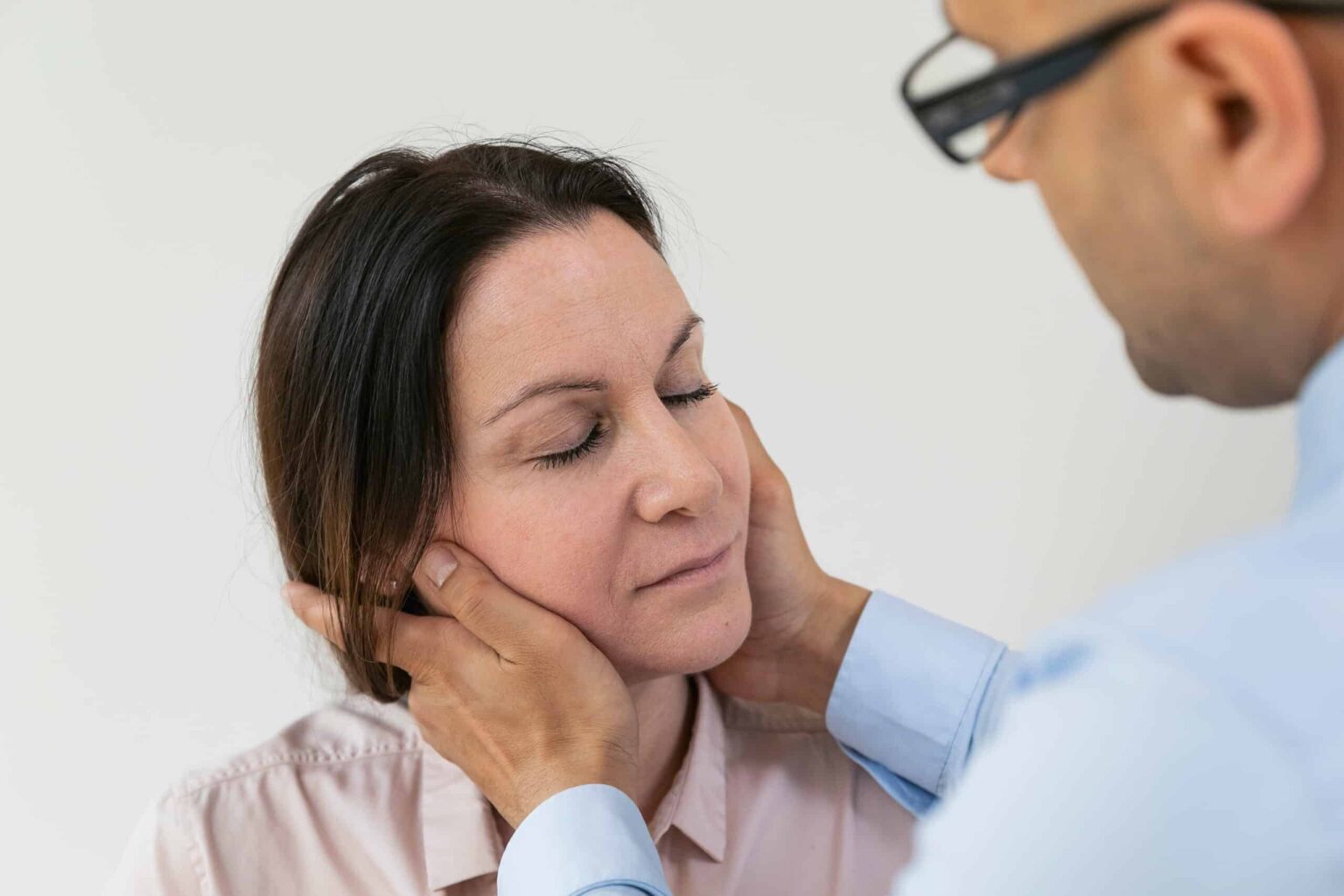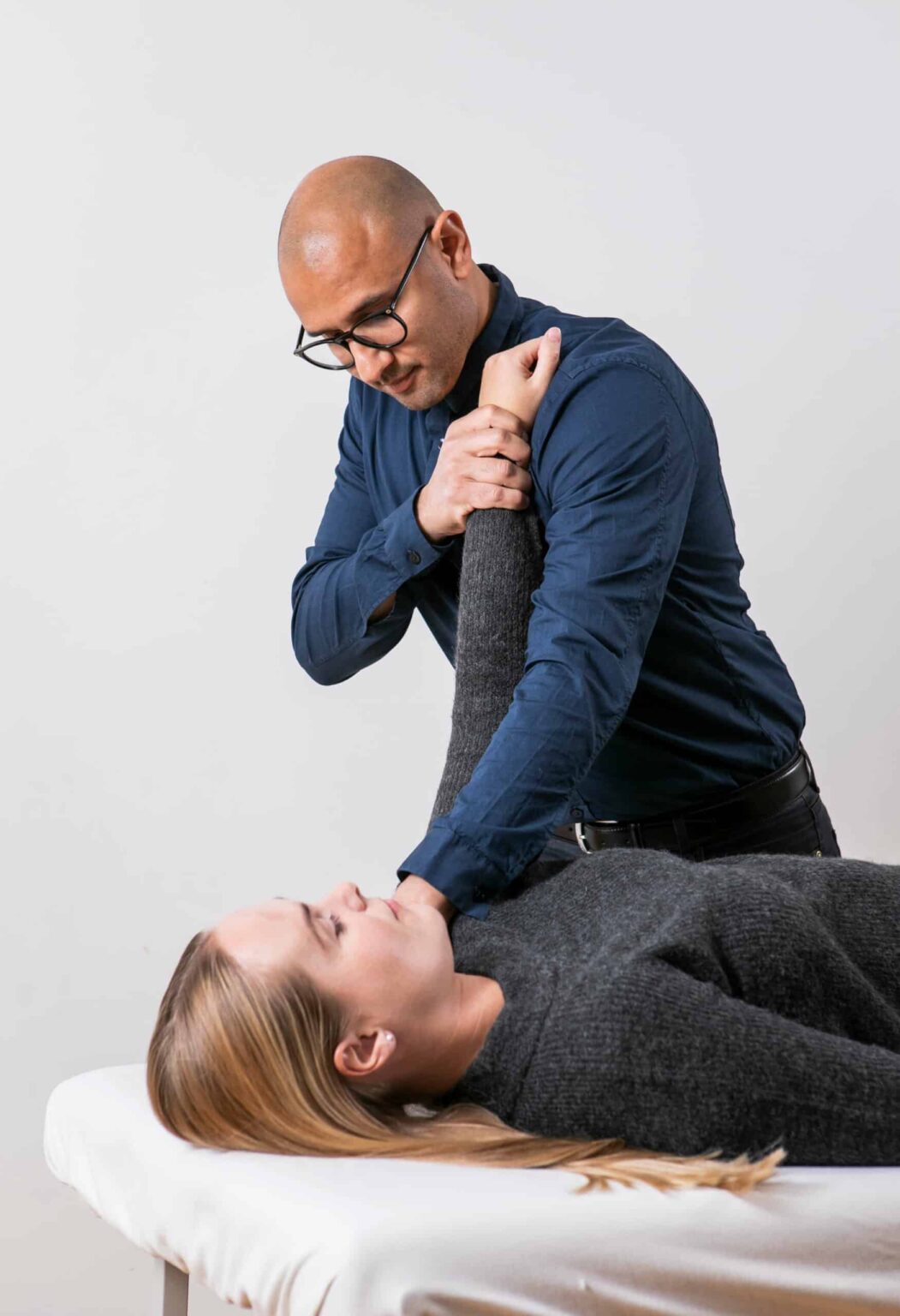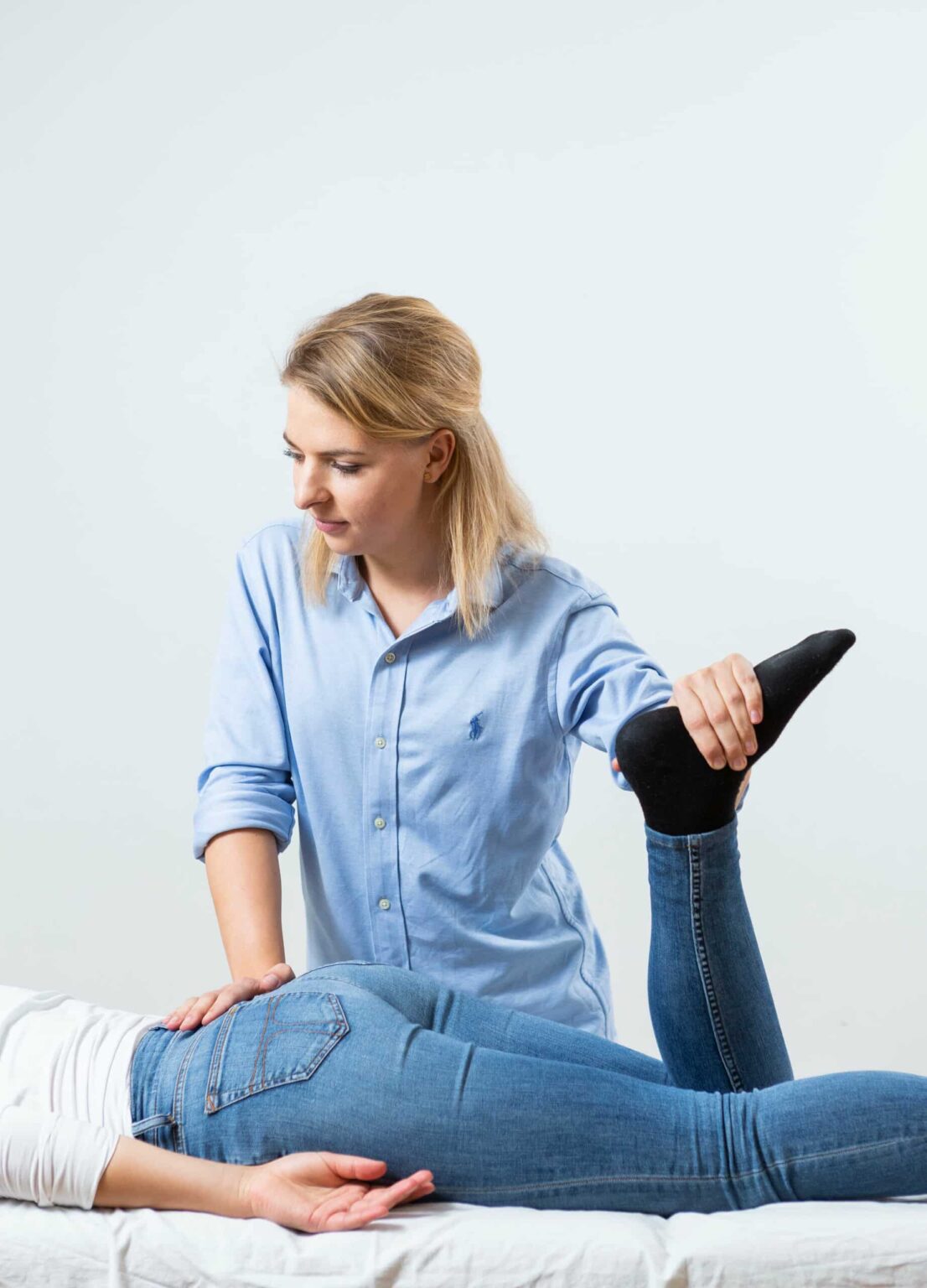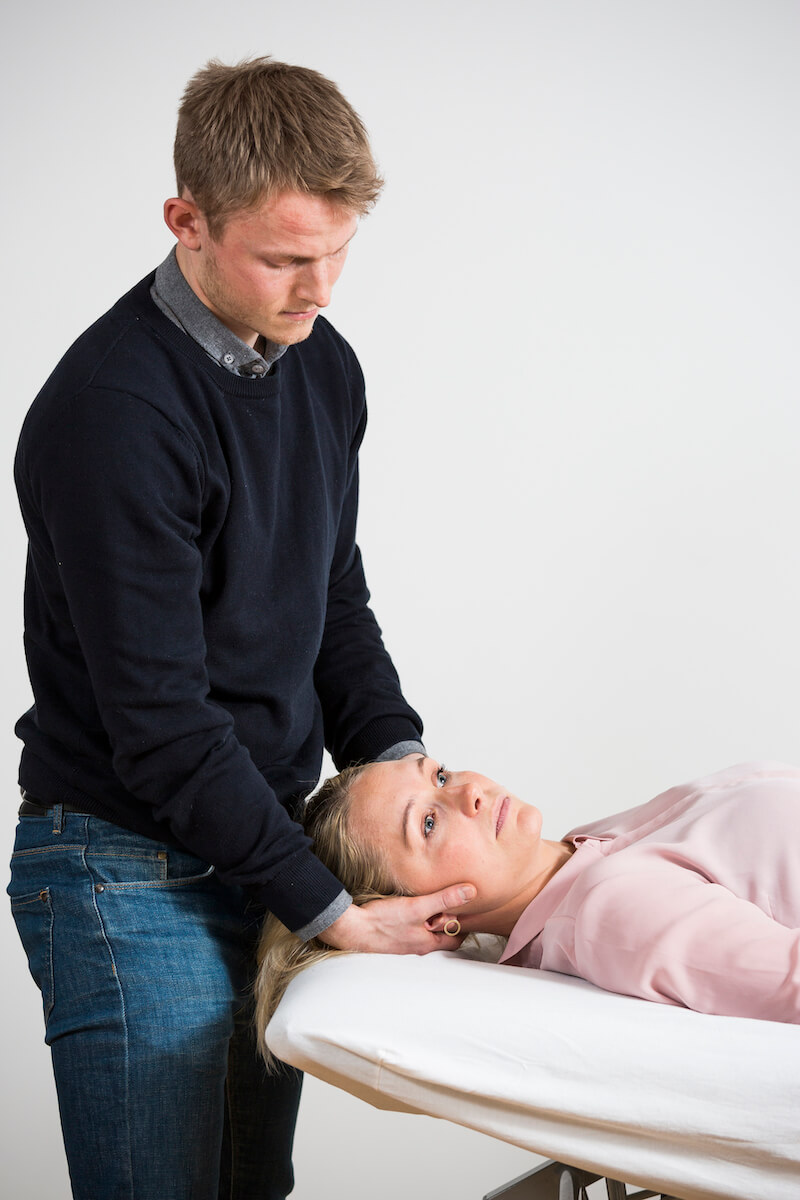We treat
Chronic pain
Learn more about chronic pain on this subpage.
Chronic pain
Many people suffer from chronic and/or recurring pain. Women are more often affected by pain. Chronic pain most often occurs in the muscles, skeleton and joints. The typical chronic pain is most often non-specific neck or back pain. Many also suffer from nerve-related chronic pain. Chronic pain burdens the individual and society. 17% of chronically suffering people report that they have had sick leave within the last 14 days.
Jump to section [Vis]
Chronic pain is invisible!
Chronic pain is of course physically bothersome, but it is also psychologically bothersome. Chronic pain patients can often feel distrustful and have to justify themselves in relation to the disease. This can be socially crippling, with many becoming lonely and often depressed.
Chronic pain and physiology
What is pain? – in short, pain is a message from our body that something is wrong and that we are about to cause ourselves harm. Physiologically, pain occurs at different levels in the body.
The skeleton contains billions of microscopic receptors that register everything that affects the body.
This can be of various natures; touch, pressure, pain, temperature, vibration, etc. This information is sent to the spine and from there up towards the head, to areas in the brain that interpret this information.
From here, a reaction is then sent out to the body, depending on how the brain has interpreted the signal.
For pain patients, pain is precisely the interpretation of the brain.

Chronic pain and the spine
The spine is made up of 33 segments divided into different areas; neck, thoracic, lumbar and sacrum. Inside the segments lies the spinal cord, which extends from the cerebellum to the sacrum. From the spinal cord we have three different nerve fibers that run out to the body, supplying everything in our body. The spinal cord is a very important area for the function of the body, as it functions as a communication center between the brain and the body.
Chronic pain can manifest itself in the form of chronic sciatica pain, pain caused by herniated discs, scoliosis and osteoarthritis.
Chronic pain and the spinal cord
The spinal cord is constantly bombarded with chronic pain fibers, even in people who do not have pain! The difference between chronic pain patients and ordinary people is that ordinary people have processes that inhibit the chronic pain fibers that affect the spinal cord and thus they do not experience pain.
Organs and other tissues located deep within the body constantly send chronic pain signals to the spinal cord (viscerosensory).
The capsule in the vertebrae and the brain itself, on the other hand, send inhibitory signals to the chronic pain signals, so that an equilibrium is created between signals that create pain and signals that inhibit pain.
This is normal function of a segment and the spinal cord. If situations arise where the spinal cord is affected by increased amounts of chronic pain fibers or less inhibitory signals, pain occurs.
When this equilibrium is disturbed and continues to be disturbed, the situation will become chronic unless the cause is found and resolved.
Osteopathic approach to chronic pain
Aarhus Osteopathy examines the body as a whole, where we examine all systems in the body.
We are experts in finding and treating causes in the systems where chronic pain signals arise, i.e. the organ system, the blood system, the hormonal system, etc.
We also treat the systems from which the inhibitory signals come, i.e. the brain (craniosacral system) and the spine via manipulation, mobilization and other treatment techniques. Our therapists have over 10 years of training in helping the body heal itself and normalize pain signals.

Often related pain

Jaw joint pain

Vitamin deficiency – spot & control the symptoms

Trigger finger

Carpal tunnel syndrome

Sprains

DNA test

Tenosynovitis

